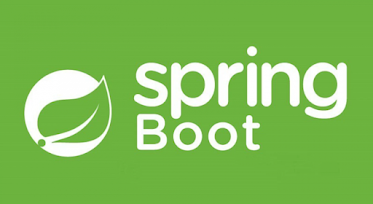Introduction to the Spring Framework
The Spring Framework is one of the most popular Java frameworks, designed to simplify Java development for enterprise applications. It provides a comprehensive programming and configuration model for modern Java-based applications, enabling developers to build robust, scalable, and high-performance systems with ease.
What is the Spring Framework?
Spring is an open-source framework created to address the complexities of Java enterprise development. It is built on the principles of lightweight design and loose coupling, making applications more manageable and maintainable. Spring offers features like dependency injection, aspect-oriented programming, and support for various technologies, including web, data, and messaging systems.
Why Use the Spring Framework?
Here are some of the key reasons why the Spring Framework is widely used:
- Modular Architecture: Spring’s modular design allows you to use only the parts you need, reducing complexity.
- Dependency Injection (DI): DI promotes loose coupling, enhancing code flexibility and maintainability.
- Enterprise-Ready: Spring integrates seamlessly with enterprise-level tools, databases, and messaging systems.
- Community Support: A vast community ensures regular updates, security patches, and resources for learning.
- Reduced Boilerplate Code: Spring handles repetitive tasks, letting you focus on the business logic.
Core Concepts of the Spring Framework
Before diving deeper into Spring, let’s explore its foundational concepts:
- Dependency Injection (DI): A technique to achieve loose coupling between objects by injecting their dependencies at runtime.
- Inversion of Control (IoC): A design principle where the control of object creation and lifecycle is shifted to the Spring container.
- Aspect-Oriented Programming (AOP): Enables modularization of cross-cutting concerns, such as logging and security.
- Spring Modules: Spring provides various modules for web development, data access, security, testing, and more.
Key Components of the Spring Framework
The Spring Framework is divided into several modules, each addressing specific needs. Here are some of the most commonly used:
- Spring Core: Provides the fundamental features, including DI and IoC.
- Spring MVC: A framework for building web applications using the MVC design pattern.
- Spring Data: Simplifies interaction with databases and supports technologies like JPA, MongoDB, and Redis.
- Spring Security: Offers authentication, authorization, and other security features.
- Spring Boot: A subproject of Spring that makes it easy to create stand-alone, production-ready applications.
Benefits of Using Spring
Spring’s popularity stems from its numerous benefits, including:
- Productivity: Write less boilerplate code and focus on business logic.
- Flexibility: Use only the features you need for your project.
- Scalability: Easily scale your applications to handle increasing workloads.
- Extensibility: Integrate with a wide range of third-party tools and libraries.
Setting Up Your Spring Environment
To get started with Spring, follow these steps:
- Install Java Development Kit (JDK): Ensure you have JDK 8 or later installed.
- Set Up Your IDE: Use IntelliJ IDEA, Eclipse, or any preferred IDE with Spring support.
- Download Spring Tools: Install Spring Tool Suite (STS) or configure your IDE for Spring projects.
- Create Your First Project: Use Spring Boot to quickly set up a project with minimal configuration.
Conclusion
The Spring Framework is a powerful tool that simplifies Java development, especially for enterprise applications. Its modularity, flexibility, and wide range of features make it a must-learn for Java developers. As we progress in this series, we’ll dive deeper into various aspects of Spring, helping you master this incredible framework.
Stay tuned for Week 2, where we’ll explore Spring Boot Basics and set up your first Spring application!






No comments:
Post a Comment